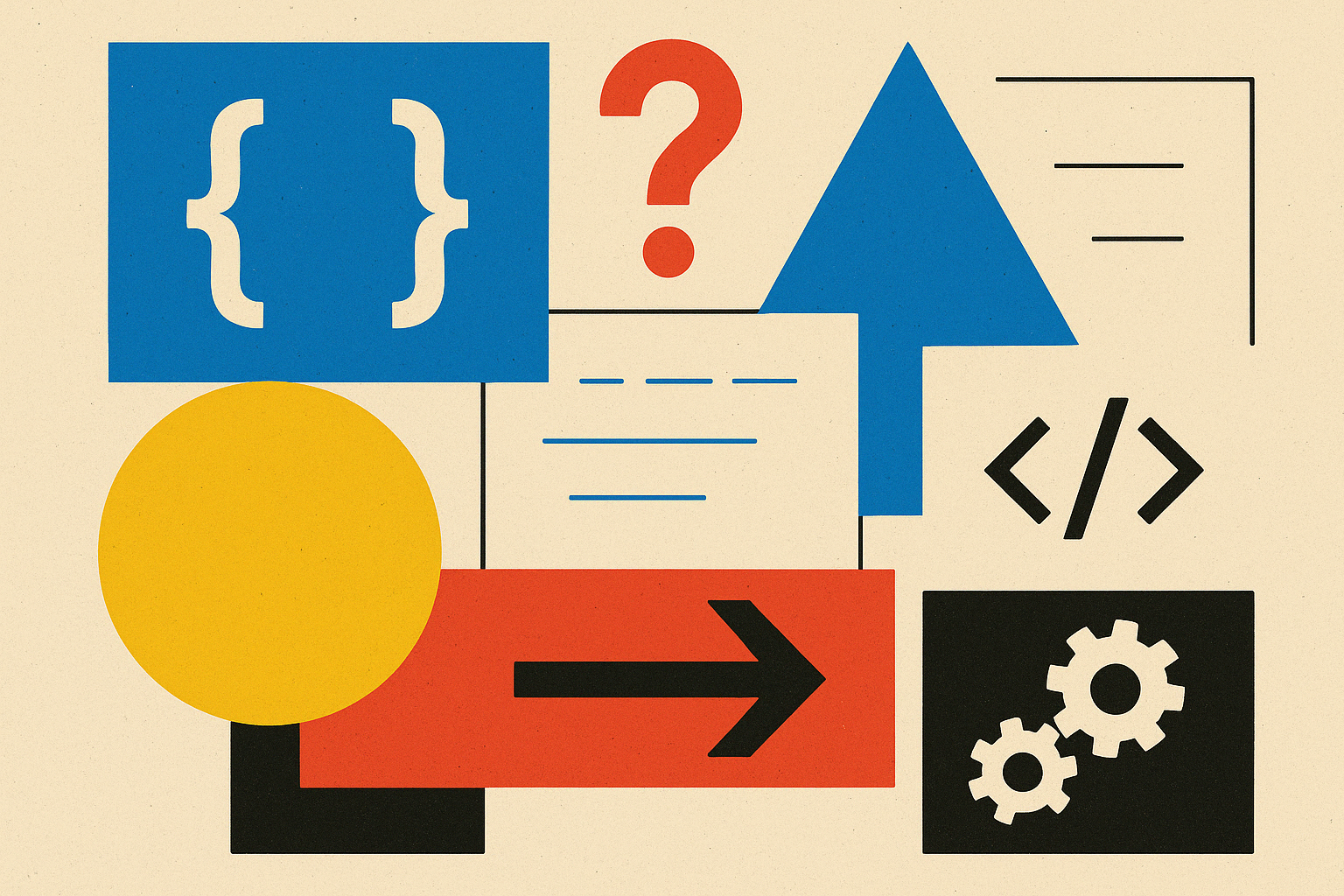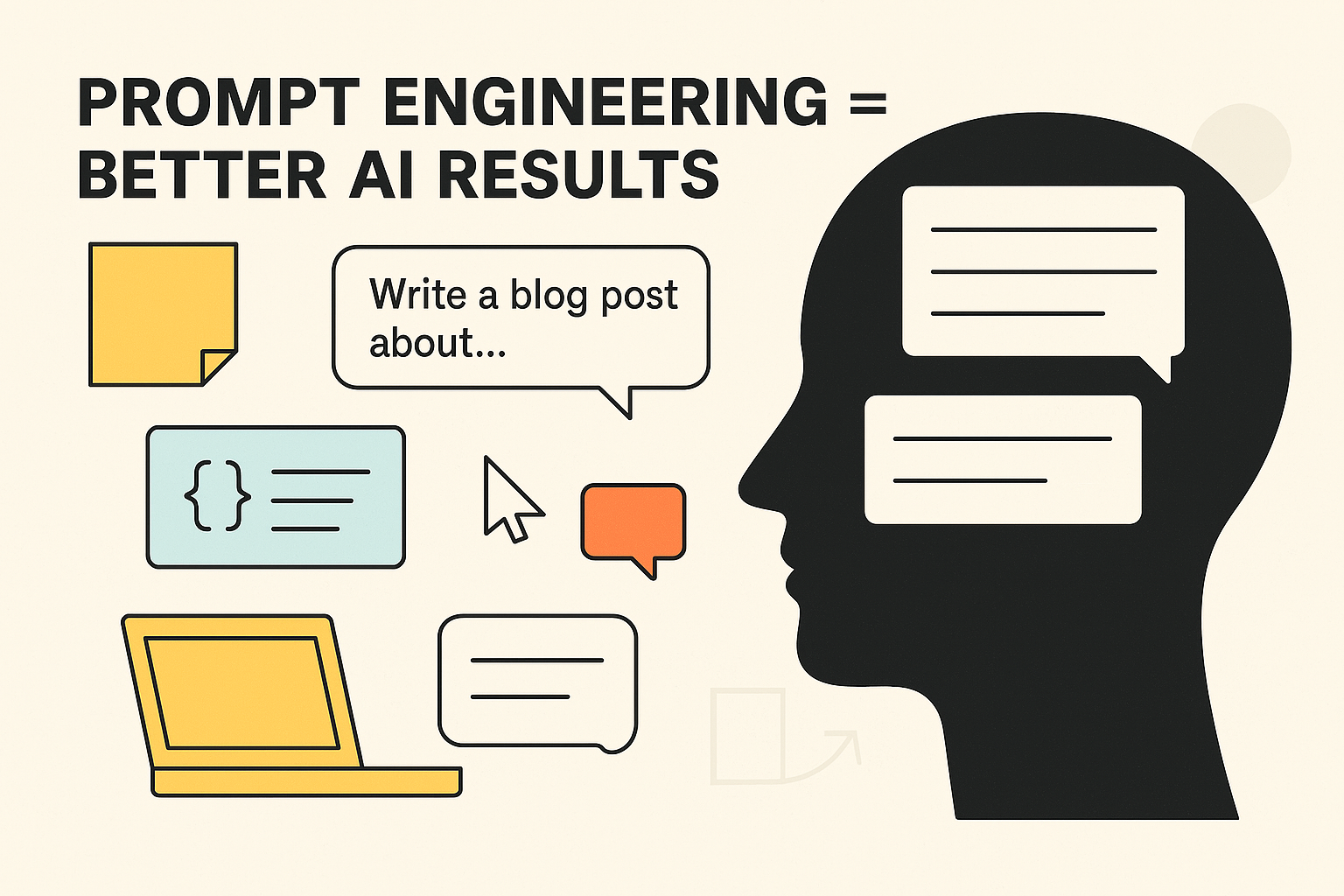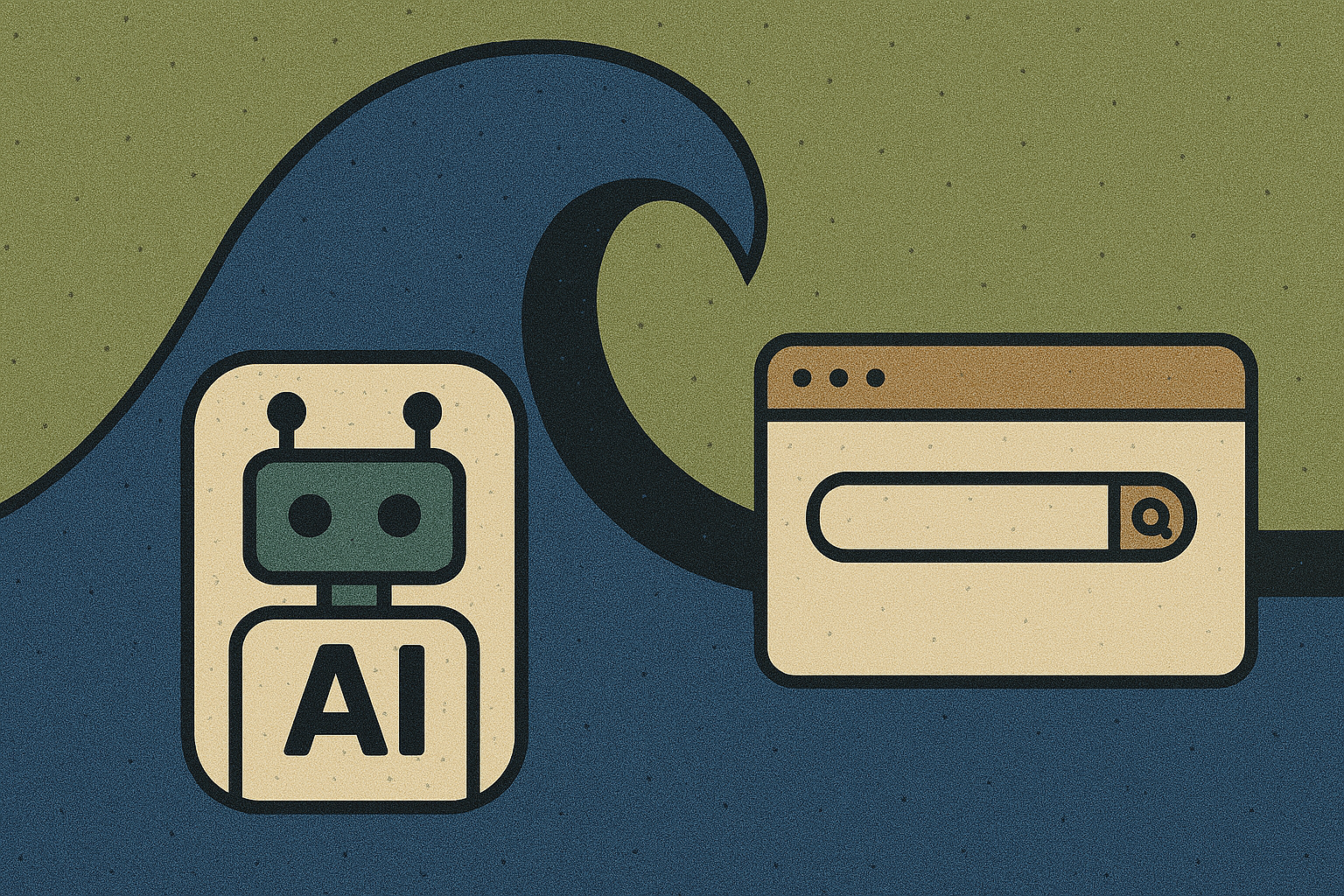Let’s say you’ve got a business idea. You want an app. A website. Some custom automation that’ll save you hours every week. And someone comes along saying, “I can build that fast—just give me the idea and I’ll have AI write the code for me.”
Sounds magical, right?
Welcome to the world of vibe coding—a trendy new approach where developers (or people posing as developers) use AI tools like ChatGPT to write most of their code for them. They don’t plan architecture. They don’t follow best practices. They just describe what they want, let the AI generate something, and copy-paste until it seems to work.
And for quick hacks or throwaway projects, that’s fine. But if you’re investing real money into real software? That kind of “vibe-driven development” can leave you with a product that breaks, leaks data, and becomes a money pit the second you try to scale.
Let’s break down what vibe coding is—and why you should be cautious when hiring someone who relies on it.
What Is Vibe Coding?
The term was coined by Andrej Karpathy, former Tesla AI lead, and it refers to a style of development where the programmer doesn’t really program. Instead, they describe what they want in plain English and let AI generate the code.
No roadmap. No technical design. No meaningful testing. Just vibes.
And with tools like ChatGPT, it’s easier than ever for someone with very little actual experience to throw together an app that “mostly works.” But like duct tape on a water main, that success is usually short-lived.
The Real Risks of Hiring a Vibe Coder
1. Shiny Demo, Shaky Foundation
These AI-built apps can look slick on the surface. But under the hood, it’s often a mess of inconsistent, untested code that’s hard to maintain, extend, or debug. You’ll pay for it later—in downtime, lost customers, and expensive rewrites.
2. Security Is an Afterthought (If That)
Your app handles customer data, payment info, private messages. But if your developer is just pasting in code they don’t fully understand, who’s making sure it’s secure? The answer is probably: no one.
3. Scalability? Not Included.
Vibe-coded projects often fail when traffic increases, because there’s no thought put into performance, infrastructure, or architecture. Want to grow your business? You might have to rebuild from scratch.
4. No Ownership, No Accountability
If your developer can’t explain why the code works or how it’s structured, they sure as hell can’t support it. And when things go sideways (they will), they’re stuck—or worse, you’re stuck.
How to Avoid Getting Burned
Hiring someone who uses AI isn’t the issue. We use AI, too—it’s great for speeding up workflows, testing ideas, and writing boilerplate. But here’s the difference:
👉 A good agency treats AI like a power tool.
👉 A bad one treats it like a crutch.
So how do you tell the difference?
- Ask about their process. Do they plan, document, and review the code? Or is it just “prompt, copy, ship”?
- Ask about long-term support. Can they maintain what they build? Or do they disappear after launch?
- Ask to see their code. Even if you don’t understand it, a real dev should be able to walk you through it.
- Ask what happens when the AI gets it wrong. (Because it will.)
The Bottom Line
Vibe coding makes it easier than ever for anyone to claim they can build software. But “working now” isn’t the same as “built to last.” If you’re investing in technology to grow your business, you need more than good vibes.
You need smart strategy, clean code, secure systems—and a team that knows what the hell they’re doing.
That’s where we come in. At Spectrum IT Consulting, we don’t just ship fast—we ship smart. AI is part of the toolbox, not the whole damn tool shed.
Need something built right?
Let’s talk.




